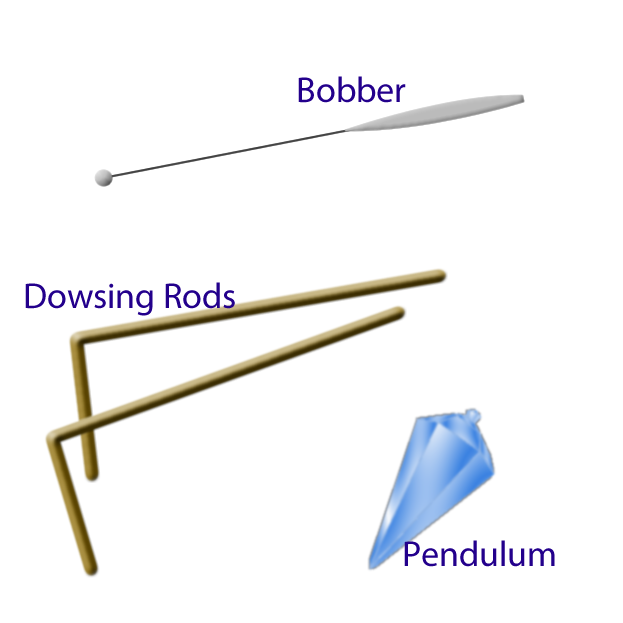• To give students a comprehensive foundational understanding of dowsing, including philosophy, applications, techniques, ethics and personal protection.
Objectives: At the endow the course students will be able to:
• Understand the nature of dowsing, including its history and uses.
• Be able to use basic dowsing tools and apply them in informational, on-site, remote and map dowsing techniques.
• To understand how to dowse for water, concealed or missing objects, archaeology, health and earth energies.
• Appreciate and apply dowsing ethics and psychic protection.
Introduction to Dowsing:
• Definition and description of dowsing.
• History and philosophy of dowsing.
• Uses and practical applications at work and at home.
Introduction, History and Philosophy of Dowsing:
• Description of the range of uses and practical applications of dowsing.
Use of Dowsing Tools and Techniques:
• State of mind required for good dowsing.
• Asking clear and concise questions when dowsing.
• Use of pendulum, L-rods, Y-rod, wand/bobber.
• Different dowsing techniques, including informational dowsing, site dowsing, remote dowsing, map dowsing, the use of witness samples, dowsing without tools.
Applied Dowsing:
• Dowsing for water.
• Finding lost objects.
• Concealed underground features including archaeological targets.
• Dowsing for health and healing, including food testing
• Dowsing for subtle energies including earth energies.
• Dowsing in everyday life.
Dowsing Ethics and Psychic Protection:
• Consideration of dowsing ethics and The British Society of Dowsers ethical code.
• Issues of psychic protection when dowsing.
Dowsing Resources:
• Information about The British Society of Dowsers, its training programme, special interest and local groups.
£140.
Venue; –
Thornton le Clay
Nr Castle Howard
York
